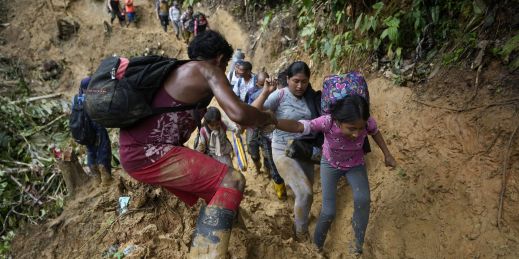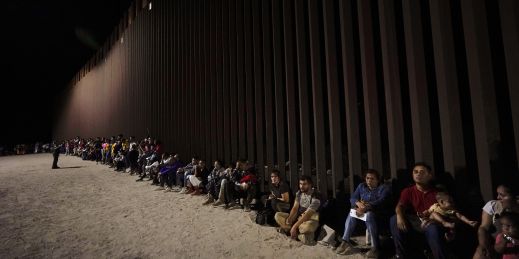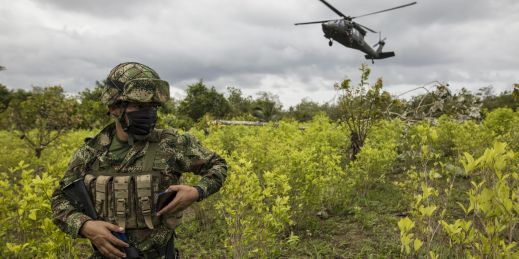
More than 7.1 million Venezuelans have now fled the country, making the exodus the largest migration crisis in the world. But while most Venezuelan migrants had previously sought a safe haven in other countries in South America, migration patterns have shifted toward the U.S. under the false hope that things will be better there.




